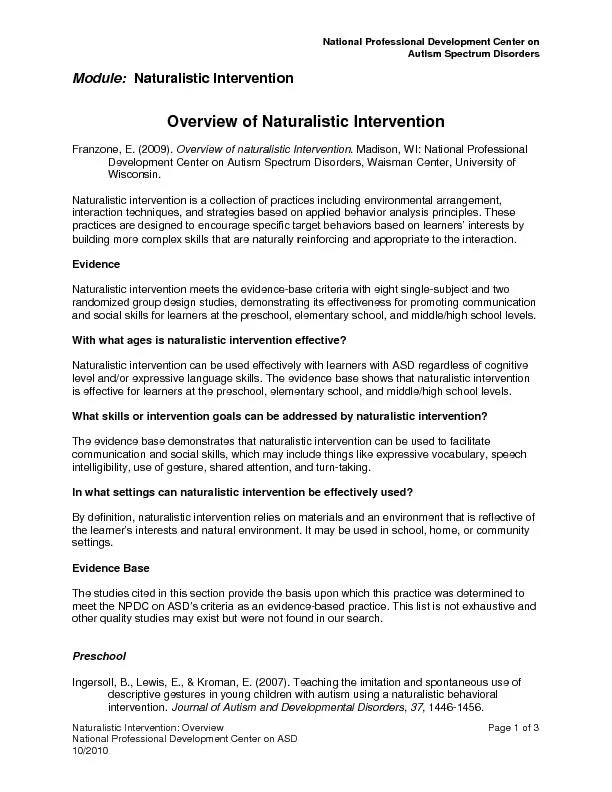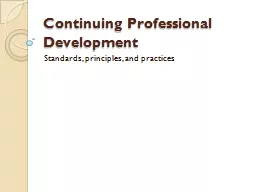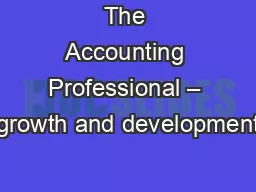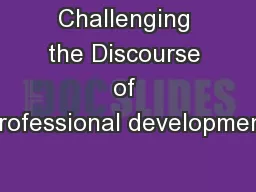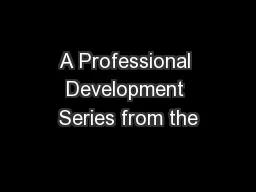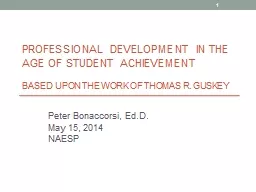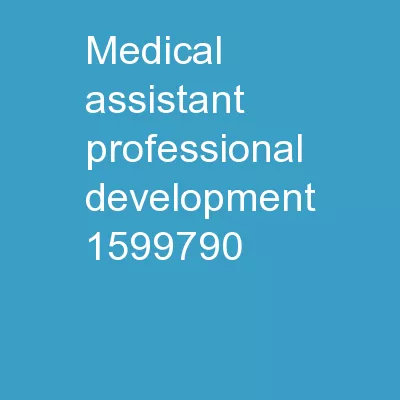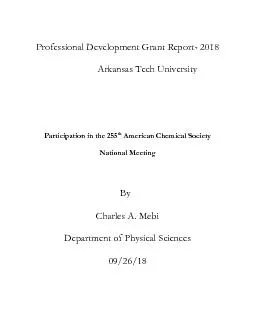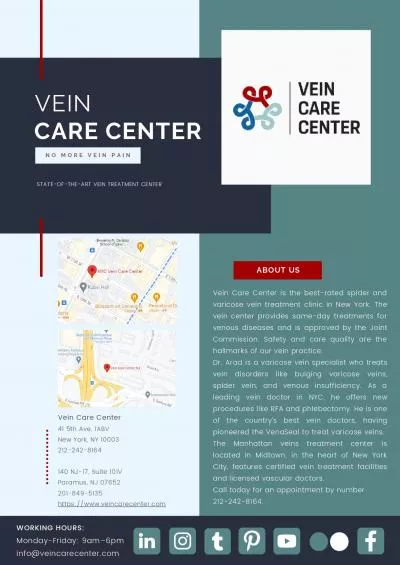PDF-tional Professional Development Center on
Author : lindy-dunigan | Published Date : 2016-06-30
Na Autism Spectrum Disorders Module Naturalistic Intervention Naturalistic Intervention Overview Page 1 of 3 National Professional Development Center on ASD 102010 Ove rv
Presentation Embed Code
Download Presentation
Download Presentation The PPT/PDF document "tional Professional Development Center o..." is the property of its rightful owner. Permission is granted to download and print the materials on this website for personal, non-commercial use only, and to display it on your personal computer provided you do not modify the materials and that you retain all copyright notices contained in the materials. By downloading content from our website, you accept the terms of this agreement.
tional Professional Development Center on: Transcript
Download Rules Of Document
"tional Professional Development Center on"The content belongs to its owner. You may download and print it for personal use, without modification, and keep all copyright notices. By downloading, you agree to these terms.
Related Documents

